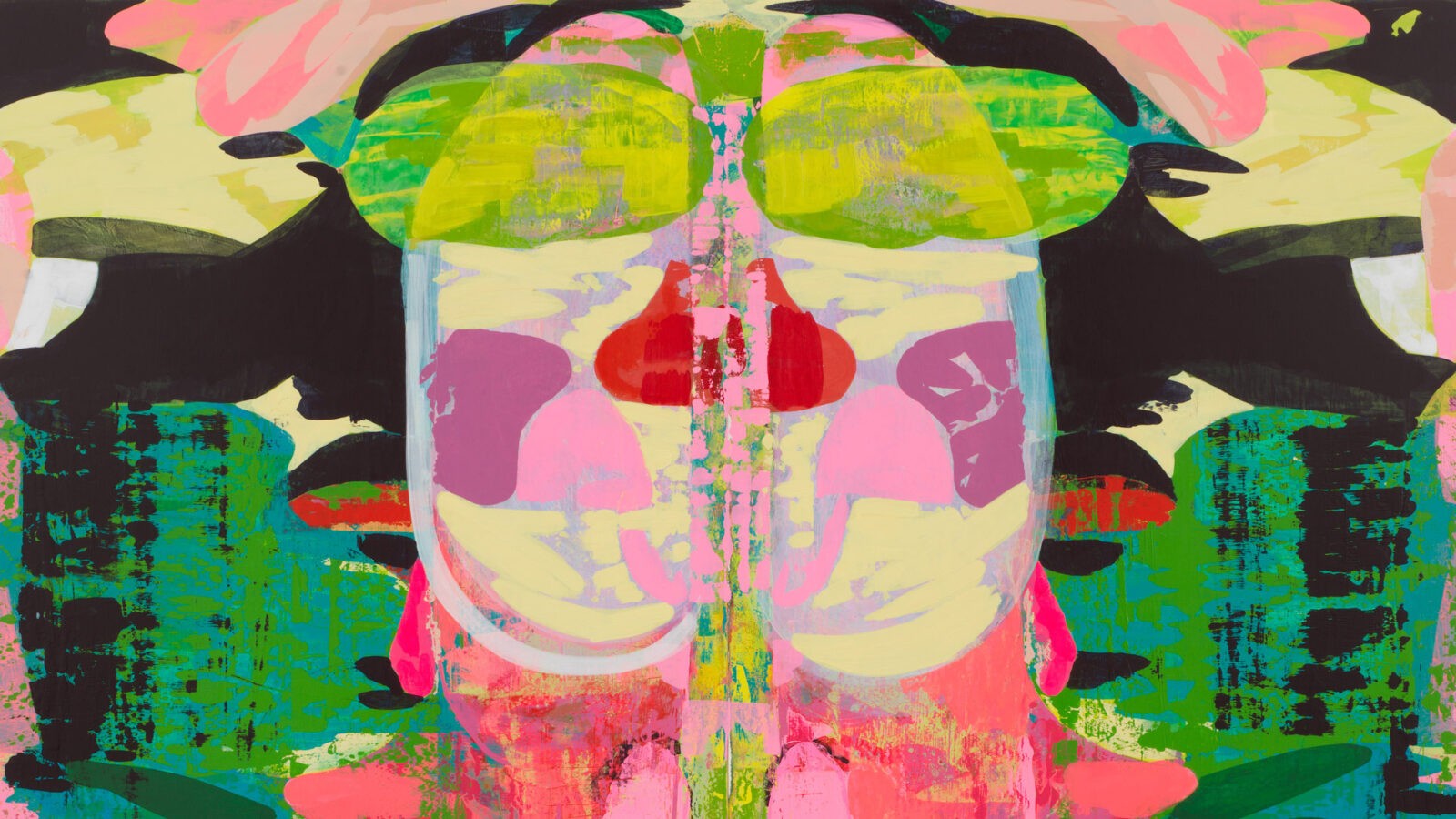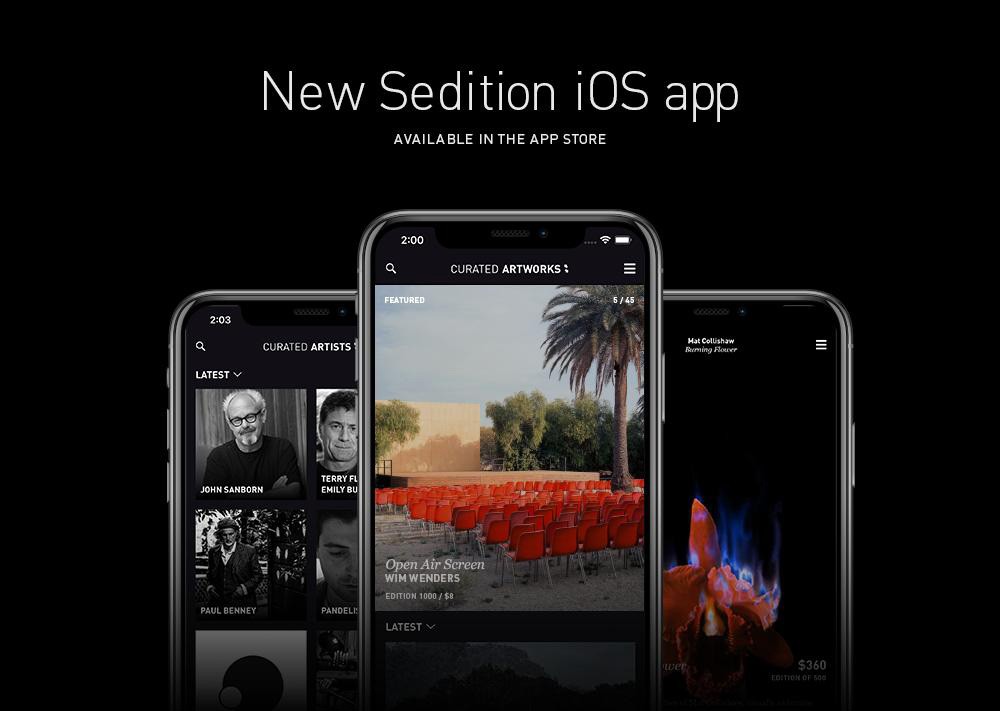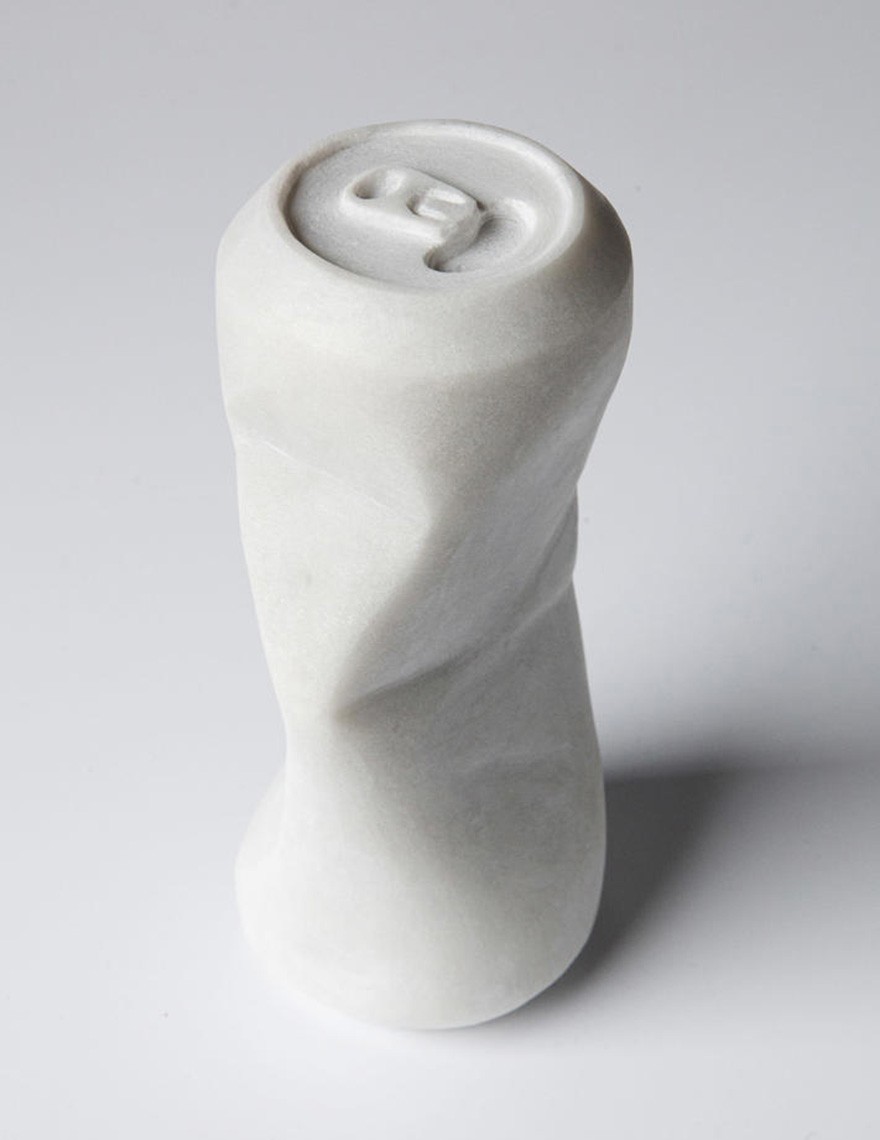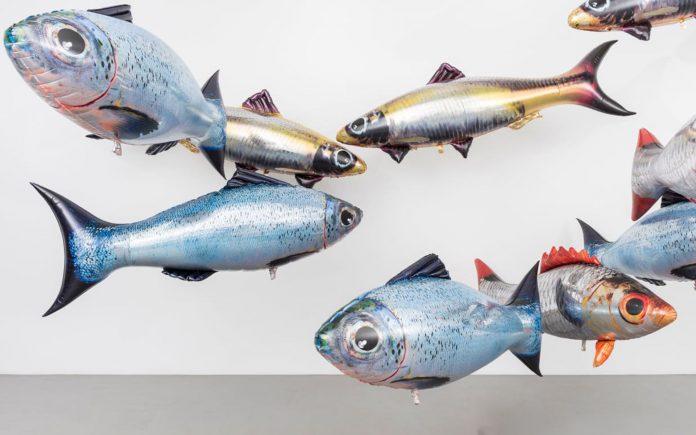2020 is far from a typical year. Collectors had to exchange their VIP passes for accounts: it seems that due to the pandemic the art market has become completely digital. The new landscape is already marked by special milestones. Sotheby’s broke its own record, earning $13.7 million at the first fully virtual contemporary art auction, with the Frieze New York online exhibition showing several seven-digit sales.
“Gone” to the Internet and Art Basel, completely canceling offline fairs in 2020. Christie’s auctioneers are boasting about the New Global 20th Century Art Sale. Giovanna Bertazzoni, who is responsible for contemporary painting, assures that this global marathon of four online auctions “corresponds to how customers spend their money today”. But overall, sales have fallen, and galleries in the U.S. are predicting a 73% drop in revenue in the second quarter of the year. Online purchases are happening, but the overall figures are pale. Few collectors who buy what they systematically buy remain active, in all weathers.
Adam Lindemann, an influential American financier, and dealer, admitted that his only purchase since a quarantine was a cold water surfing suit… He’s not the only one talking about “breathing space” and fair fatigue. The general conclusion is that art is not meant to be seen on the Internet, except for art intended for viewing on the Internet. Physical experience is key.
The son of the famous gallery owner Victoria Miro says that “crossed the Rubicon” when he had to send a painting by Yayoi Kusama from Japan to London and New York, then back to London, and then to Hong Kong before the collector decided that it “does not quite fit him. The client-side of the platform is two applications, Vortic Collect and Vortic VR, available on the App Store. With Vortic Collect, collectors can attend private viewings, previews of fairs, and exhibitions. Directly contact galleries as well as try on works.
Сын знаменитой галеристки Виктории Миро говорит, что «перешел Рубикон», когда ему пришлось отправить картину Яёи Кусамы из Японии в Лондон и Нью-Йорк, затем обратно в Лондон, а потом в Гонконг, прежде чем коллекционер решил, что она «не совсем ему подходит». Клиентской стороной платформы являются два приложения, Vortic Collect и Vortic VR, доступные в App Store. С помощью Vortic Collect коллекционеры могут посещать частные просмотры, аванпремьеры ярмарок и выставок. Напрямую связываться с галереями, а также примерять работы.



The essence is to move and adapt while remaining inclusive and attractive. That seems to be the new normal. At least in 2020.

























